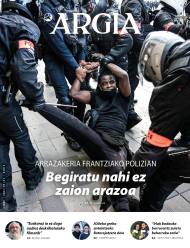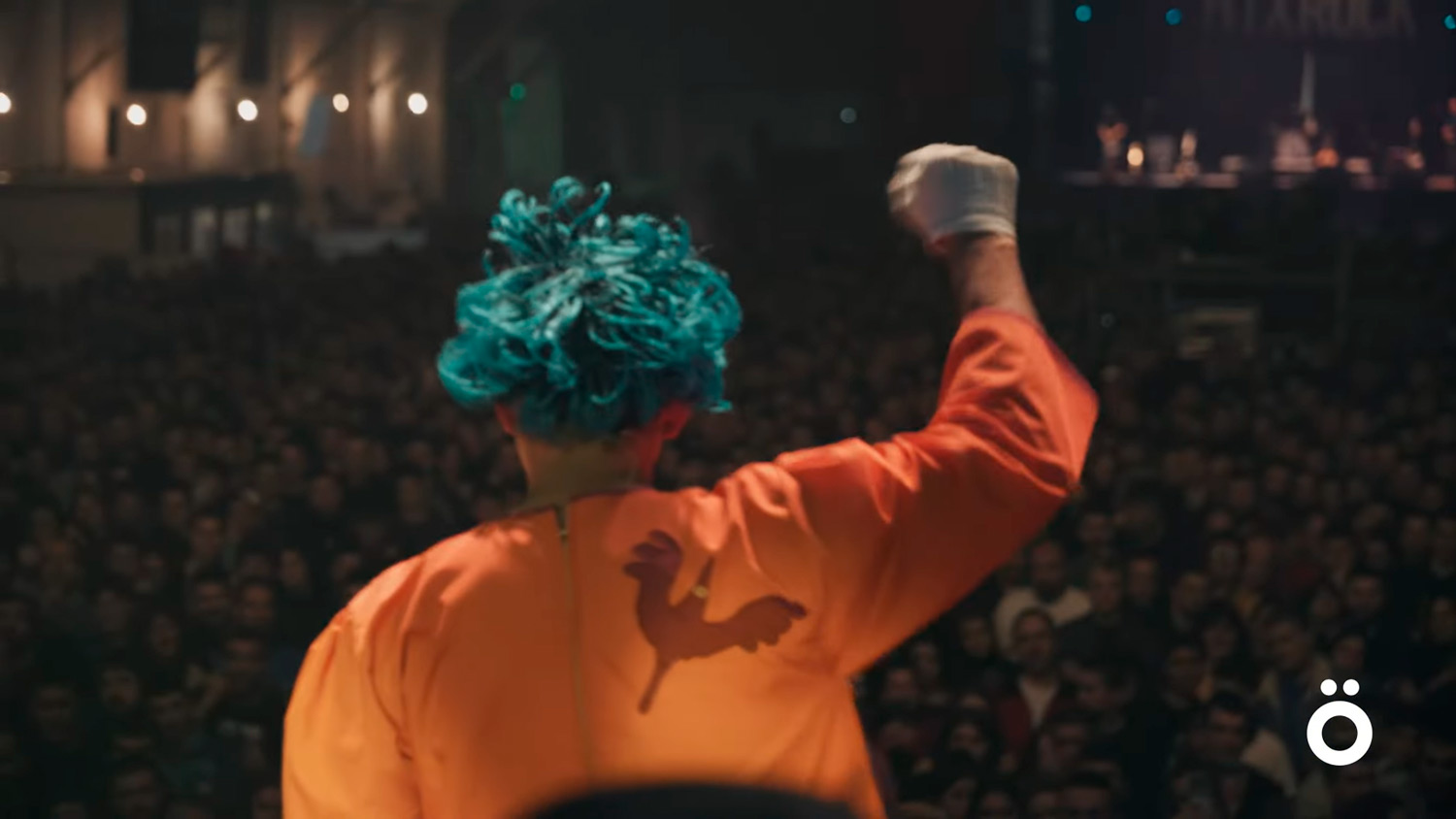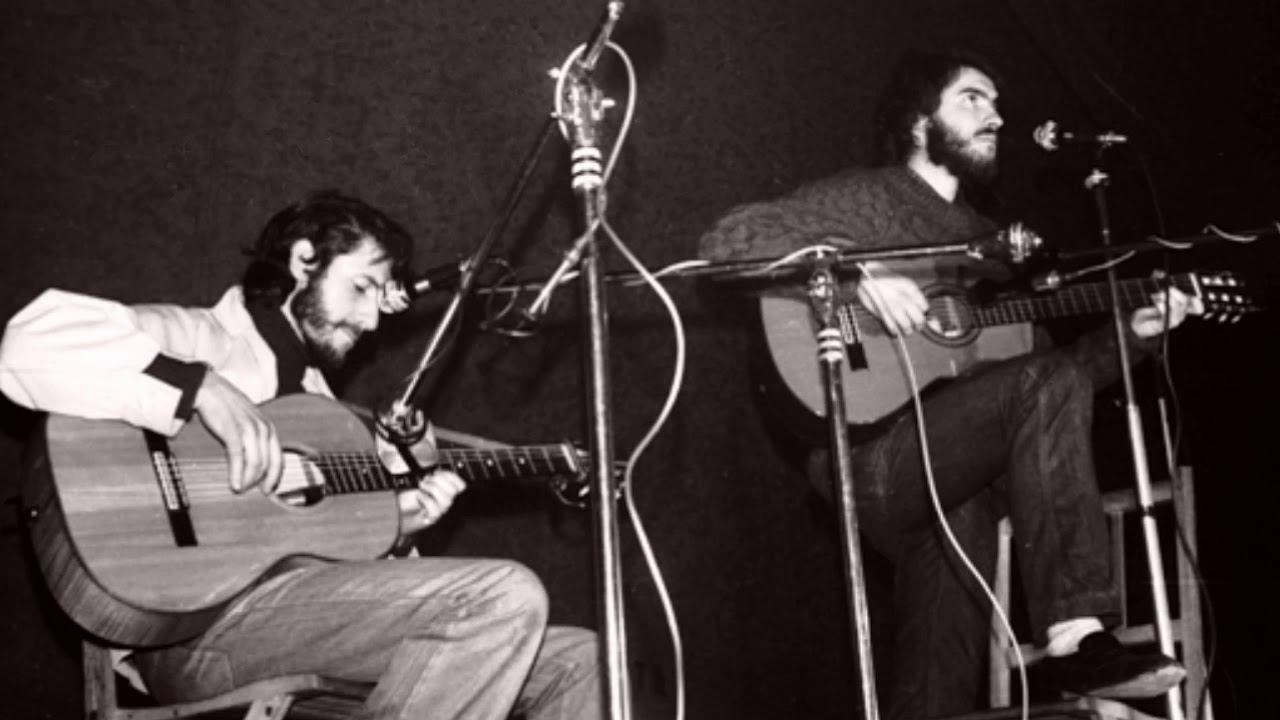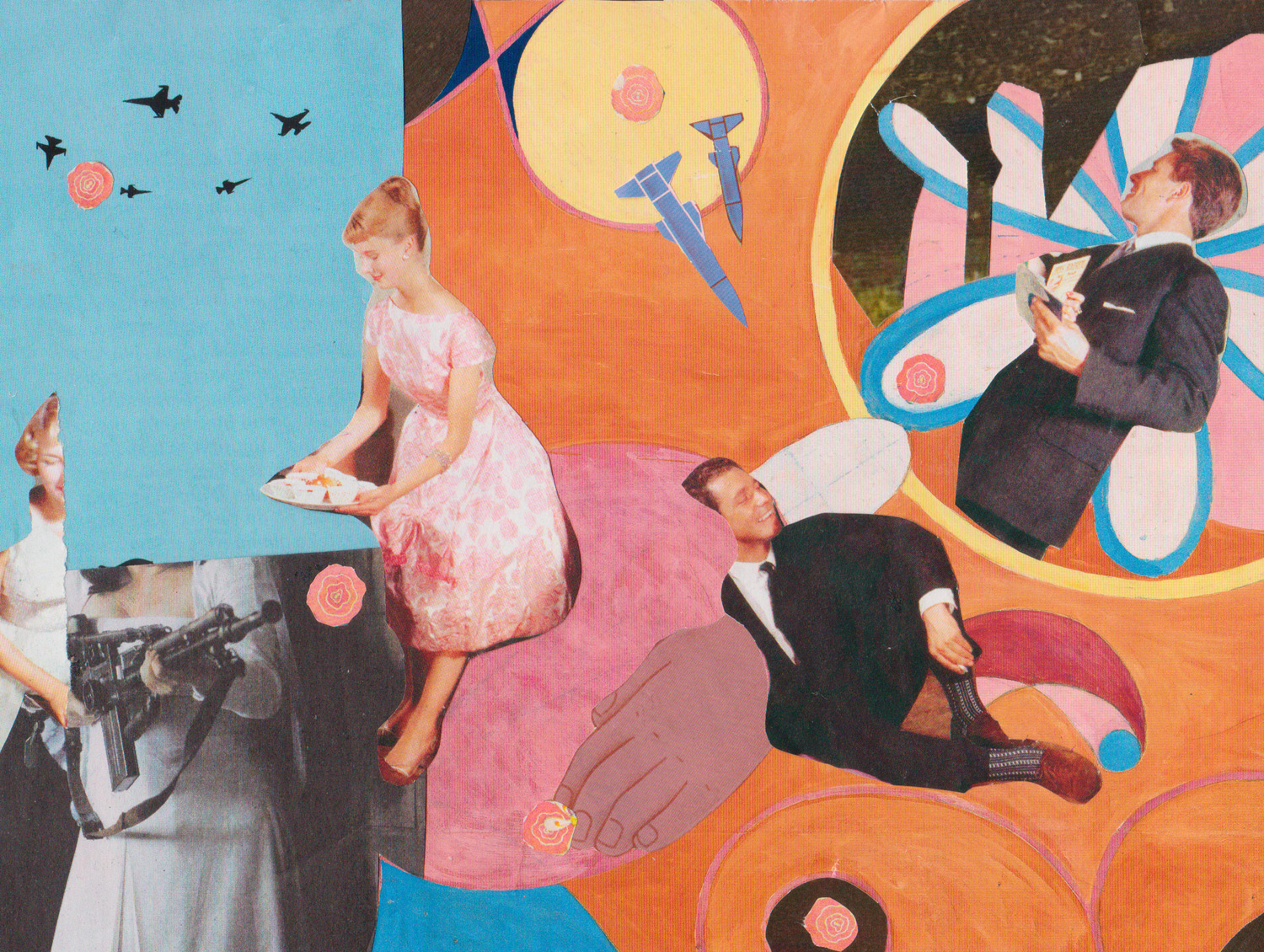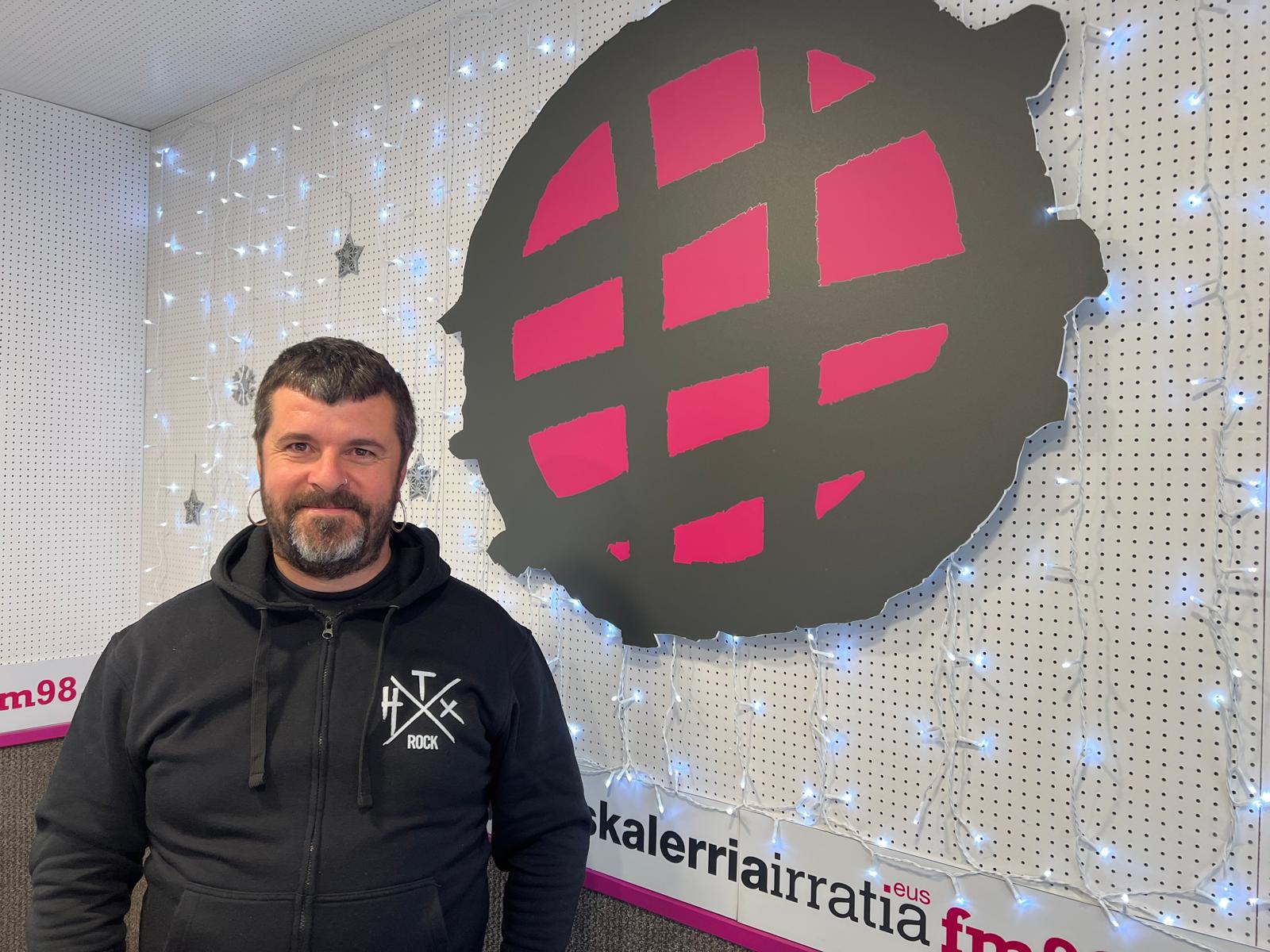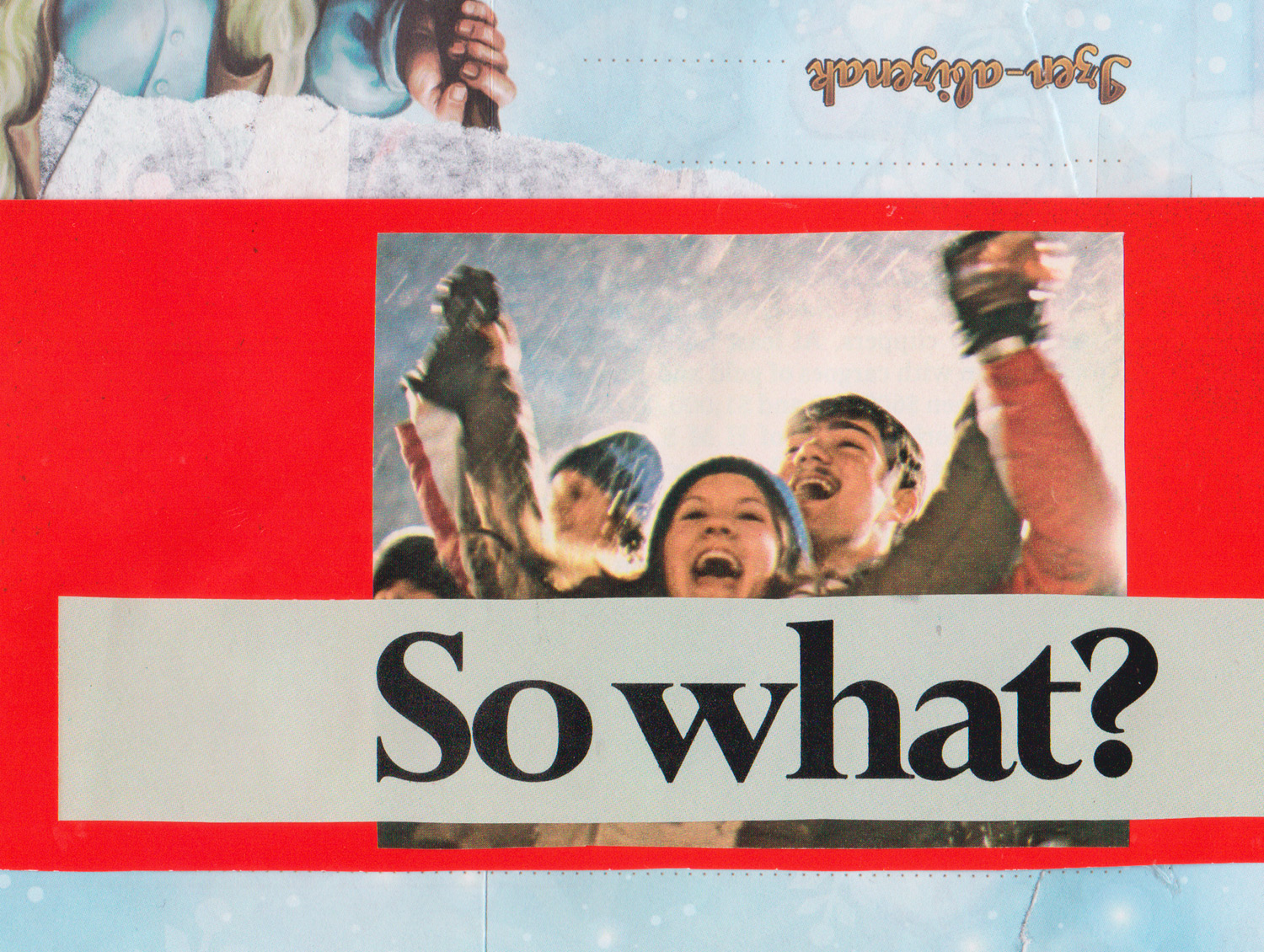An iceberg in the middle of the Bidasoa
- The Basque Country is present in historical and political anomalies, but nevertheless, the island of La Compancia, between Irún and Hendaia, that is, the Island of Faisanes, or the Island of the Conference, or Intzura, occupies a special place in our collection of foreign objects. “The smallest condo in the world.” You have often heard, when the news from Sicaria television explains that the limit has changed twice a year and that the island is now from France, now from Spain. The book Intzura, published by Iraitz Agirre and Ivan Gómez, is an excellent opportunity to immerse yourself in the folds of this island.

Iraitz Agirre Aranguren (Arrasate, 1983) and Iván Gómez Gutiérrez (Irún, 1984) remained in Urdanibia de Irún. They had no prior knowledge. A project, or the project of a project, was the one that drove this commission into the square best known as Moscow. A project on the Island of Faisanes: Its intention was to submit to the call of the research scholarship Ribera del Ayuntamiento de Irun 2018 for its later execution as tandem, combining the artistic part (Gómez) with anthropological research (Agirre).
The issue itself, the way of working, the interdisciplinarity of the project and the minutes of that first meeting that was recorded in a napkin, has all been somewhat atypical until five years later the book Intzura was published. No wonder, therefore, that the result does not fit in with traditional canons, is it an essay? Theatrical text? History book? Anthropological work? Maybe all at once? And maybe something else? After talking to the authors, the classification of the outcome is not easy. Aguirre defined it at one point as “the trial”. Perhaps the word “artefaktu” serves to define it, on the one hand, because it is a channel wide enough to fit all the currents that underlie the book, and on the other, because the word “device” appears in two in the same book, in the initial text of Agirre, and when Gómez completes it as final.
.jpg)
A book device on the Island of the Faisanes (Inca, Compania, Conference Island), published self-produced by the authors, which is not for sale in traditional bookstores - intzurauhartea@gmail.com you can obtain a contraband copy written through the direction intzurauhartea@gmail.com, and from the smallest part of the earth shared by both states in this world.
Gómez argues that, being from Irún, he had this island for a long time. “I was interested in the idea of the island itself, as something separate from other things, and also, as it is between two waters, and as in my work as an artist the relational aspect is very important, I could put my hand in it from many parts.” Agirre's initial approach was another: “Politically, the island is a strange thing for the Basques. I knew that being condo, the limit moves twice a year, etc. And when he met Ivan, he was already studying the figure of Velázquez and had a lot of information about written history. And I, out of the gaps, had a lot of questions: from feminism and Euskaldunity I wanted to look at everything that official history doesn’t tell.”
Relationships, gaps, an undetermined and separated place, related artistic works, collective identities... They're not bad clays to start working. On the same day of their meetings, they came up with a series of interviews about the island and, from them, writing a libretto of a theater play. Aguirre recalls that they had in mind the model of the tobe, which participated in the popular theatres that took place in the Alto Deba with the tradition of Lapurdi. Gómez affirms that they were also interested from the beginning in the idea of the essay, “not as an attempt at reflection, but as an attempt, in the sense of doing something. Not to end, just to do the same exercise, almost as if it were sport.” That is, they did not want to write an essay that seeks a clear conclusion by gathering arguments on a particular subject. And also, given the sense of the exercise, the essay can have a lot to do with the spirit of the theater: “We’ve used this idea: ‘Let’s try, let’s see how this comes from us,’ explains Agirre.
"The interviewees we chose didn't give for a theater, but to write eight different books."
“But the interviewees we chose did not give for a theater, but to write eight different books,” he added. Sagrario Arrizabalaga, archivist of the Irun Municipal Archive, feminist activist Edurne Epelde, artist Maria Sonora, bertsolari Amets Arzallus, anthropologist Maggie Bullen, journalist Eneko Bidegain, architect Valvanera Nieto Donemiliaga, architect and architect Kuaga Monastery guide. However, these talks are not directly transcribed in Intzura. The attribution of the statements is special, different from what is done in the usual research or in the press, because this book is like the river and goes zigzag between the margins of the genders. Gómez has explained that “making a gesture to contemporary literature”, after transcribing the statements of the people interviewed, this entire text has been delivered through eight characters: Bat Gizona, Woman Two, Garson Trois, Miss Four, Bost, Sei Anderea, Doctor Seven and Eight Burua. These characters have been depicted on the island around a table full of old documents. “They think there is a hidden system under these roles,” explained at the beginning of the book. Through this staging it has been intended that each reader imagine these characters who are thinking together, without specifying who actually said the phrases in the book.
Once some themes were located within each interview, they were cut off from the original transcripts. Gómez considers that it is a “writing closer to collage”, “away from linear writing”. In addition, they have made the decision to highlight the collage cuts, “even though they could be literally clumsy, because their weight as a clue of artistic composition lies in the text having these fractures”. Aguirre adds: “We were very clear that the work should be naked, that we would expose mistakes, clumsiness…”. The book transmits an idea of liminality through these types of decisions: In the Companza, in the Island of Faisanes, in the Island of the Conference, in the Intzura, in this undeniable geographical object situated in the centre of the waters of the Bidasoa, where nothing is anchored in concrete definitions, even though some want to make the opposite understood. And the artistic, philosophical object they have formed in collaboration also wants to express it materially. They also wanted to take that wager further, leaving the threads used to bind the book loose, tails, to give more sense of fragility. But in the printing press, they found it impossible.
“In this project we have used the idea of Iceberg. In other words, the island has a depth that has to be perforated inwards. To do that, we started looking for things and introducing our discoveries into the project. It has also had the excitement of an archaeological process,” says Gómez. The archaeological work that has not been carried out on the island, by the way, as the authors of the book have pointed out, has not been carried out any calicero on the island to see if there are any remains of shrapnel from the wars that have taken place in the Bidasoa area in recent centuries. “It’s funny, because papers say a few things, but you didn’t want to prove whether that’s true or not. It makes him think to what extent the official history is interested in knowing what the island was or whether he wanted to leave a fable,” Agirre explains.
This contradiction appears in a rather parodious way in the book, through Woman Two: when other characters start making hypotheses about history, this character continually reminds them that you have to consult the TEXTS, in capital letters. “Just as Irun’s archive often said, ‘this does not appear: The Portuguese immigrant who died trying to cross the Bidasoa knows it all, but is not in the papers’. And he liked it many times that he talked about it, because he is the one who knows the papers, and he told us that surely some things didn’t appear.” Gómez believes that there is a tendency to think that the truth is in the texts. “And our exercise has been to think about why the texts are written, what something is written for. That is true, because you want it to be so. We have therefore also wanted to question the work we have done with the file. Because we have done archival work, but not only to search for relationships between documents, but also considering that the file itself responds to a relationship of power.”
"It's funny: papers say a few things, but you really didn't want to prove whether it's true or not."
This work has allowed us to gather interesting reflections on the Peace of the Pyrenees, which was signed on the island itself in 1659. This pact established the border between the two states currently in force, also allowing the anomaly of the shared Faisana Island. In addition to the influence of this agreement between the kings of Spain and France in the Basque Country, the book offers the possibility to analyze other elements related to the historical event such as the celebration of the ceremony on the Island of Faisanes, the relationship between Luis de France XIV.aren and the Infanta María Teresa of Spain, from which the architectural paintings of the time were elaborated, the buildings.
"We've used the idea of the iceberg. I mean, the island has to drill inwards."
The subtitle of Intzura is “how to tell history”, because it has a critical retrospective look to explore the part of the iceberg that has been left untold to understand the present. But it is not only that: on the one hand, because the concept of border is a work that today also offers many ways of rethinking – as Agirre explained, “segun and which bodies cross that border, we are talking about very different limits. Some put life at stake to cross the border and others have become something that we no longer live”; on the other hand, because the island is also projected into the future in some parts of this work, among others, in annexes between the conversations of eight characters, in which the young people from 15 to 16 years of the IES Eguzkitza de Irún can see the projects that would set in motion on the island, and the students of the School worked in
“One of the things I really like is that there is no consequence,” Agirre explains at the end of the interview. It is true that: Intzura is above all a book that leads you to ask new questions, not a product that offers you the definitive truths about the issues that it deals with in a pack. However, one idea in the head is quite clear: the need for bridges. Both to connect the island with its environment and to make the connections between the different fields of knowledge we use to understand our reality stronger.
Goldatz talde feministak antolatua, ortziralean, urtarrilaren 3an, Jantzari dokumentala proiektatuko dute Beralandetan (17:30ean) eta biharamunean, urtarrilaren 4an, Berako bestetako tradizioak aztergai izanen dituzte Maggie Bullen antropologoarekin leku berean (10:30).
The column starts with a discussion that seems absurd to the naked eye: 2024 if it was one of our literary numbers, how would you call it?
If you don't find answers, spend half an hour on this year's experiences; first access Instagram files and go to Twitter when they are... [+]
Benito Lertxundi 60 urte iraun duen kantugintza uzten zuela jakinarazi du Durangoko azoka aitzin. 2023an Gernikan grabatu zuen kontzertu baten diskoarekin bururatuko du bere ibilbide handia bezain aberatsa. Bazuen urtea hartua zuela erabakia, ez da erraza izan horren berri... [+]
Hatortxu Rock jaialdiko 29. edizioa egingo da larunbatean Atarrabian. Sarrerak jada agortuta daude, baina txandak osatzeko laguntza behar da oraindik.
I don't want people who don't know how to share the umbrella. I don't love the people who walk too fast when it's not me, nor the ones who walk too slowly (well, that's a little, but only a little). I don't like people sitting in the hallway seat on the bus. I don't like reckless... [+]



.JPG)




